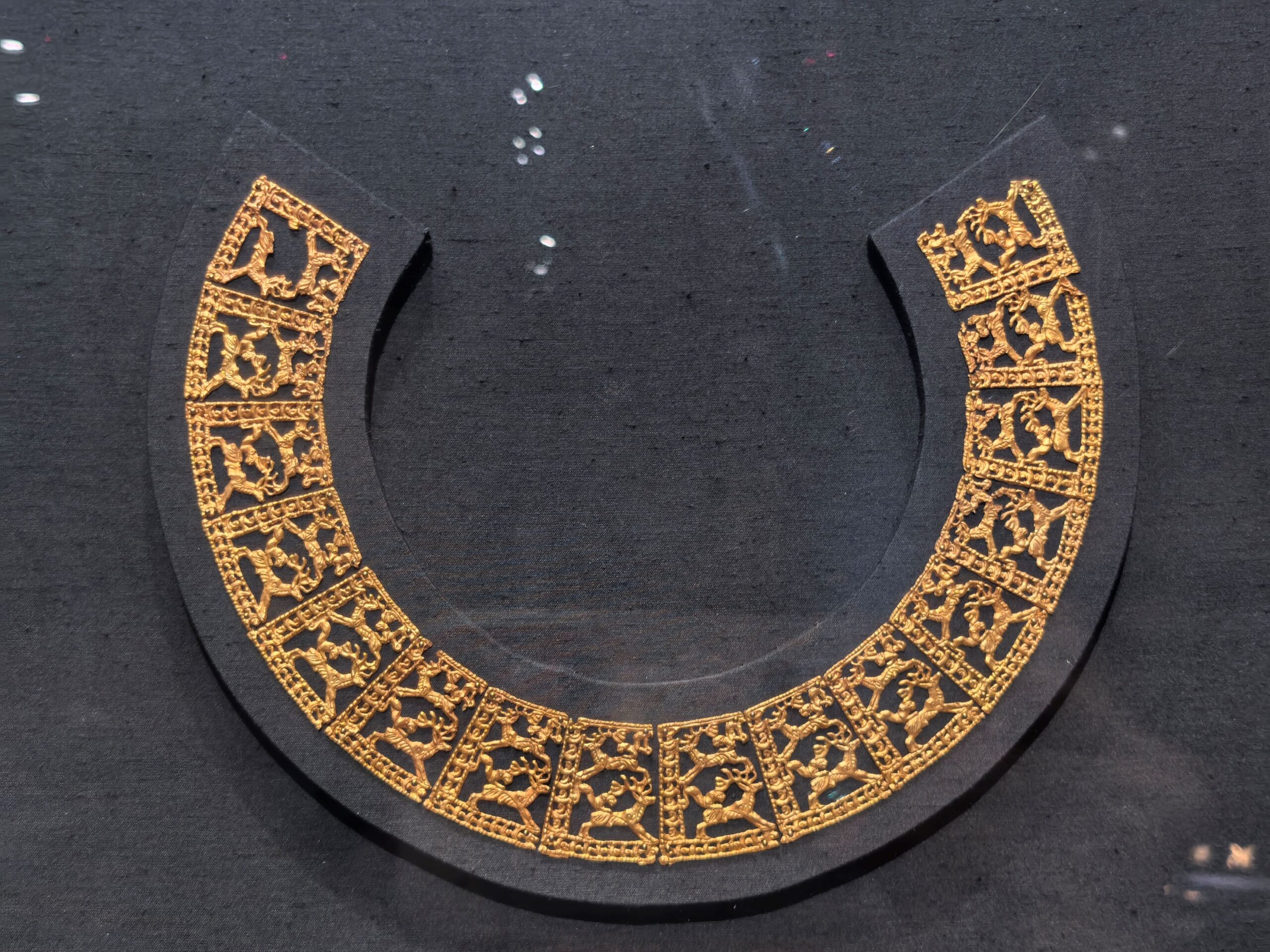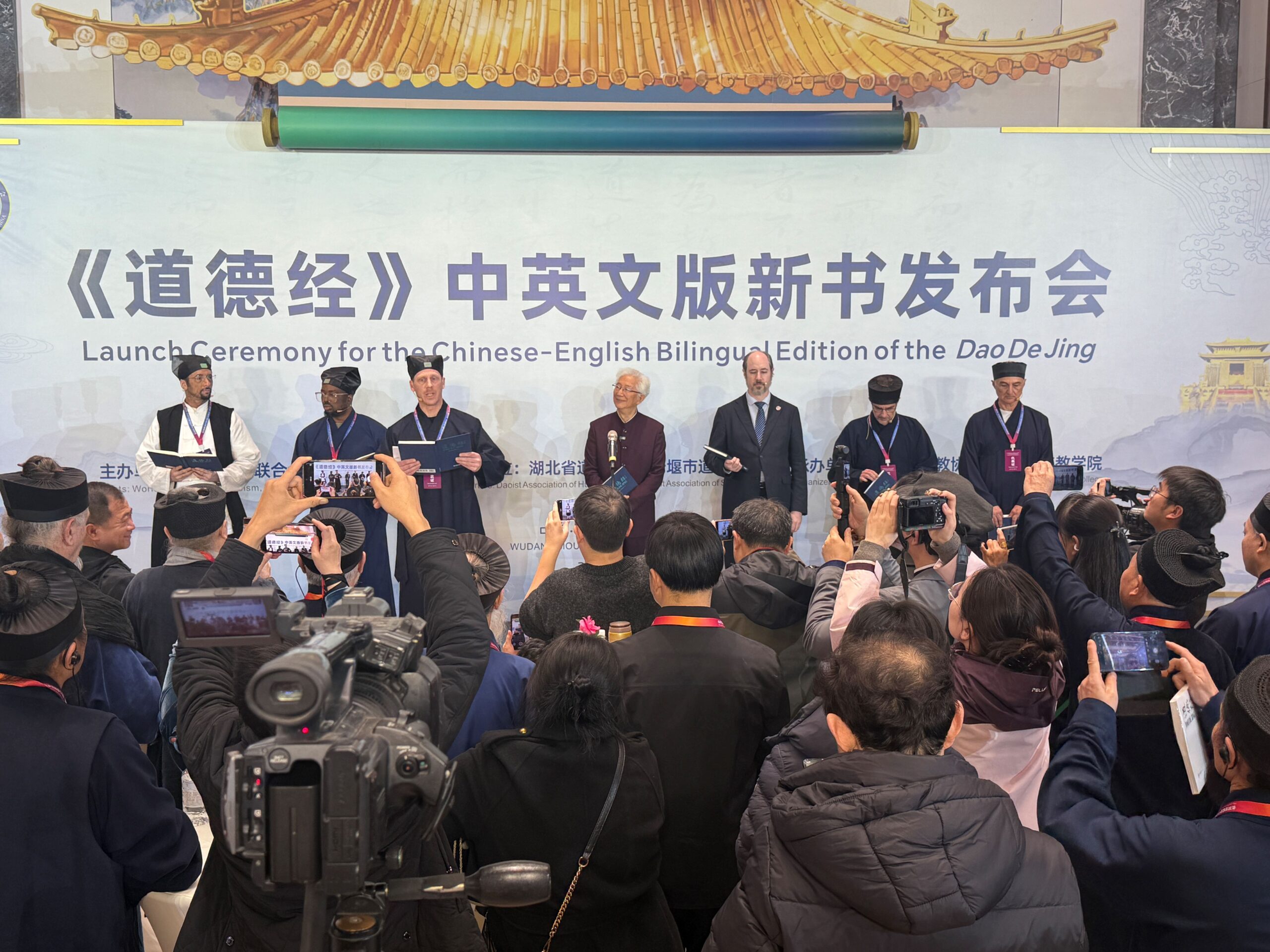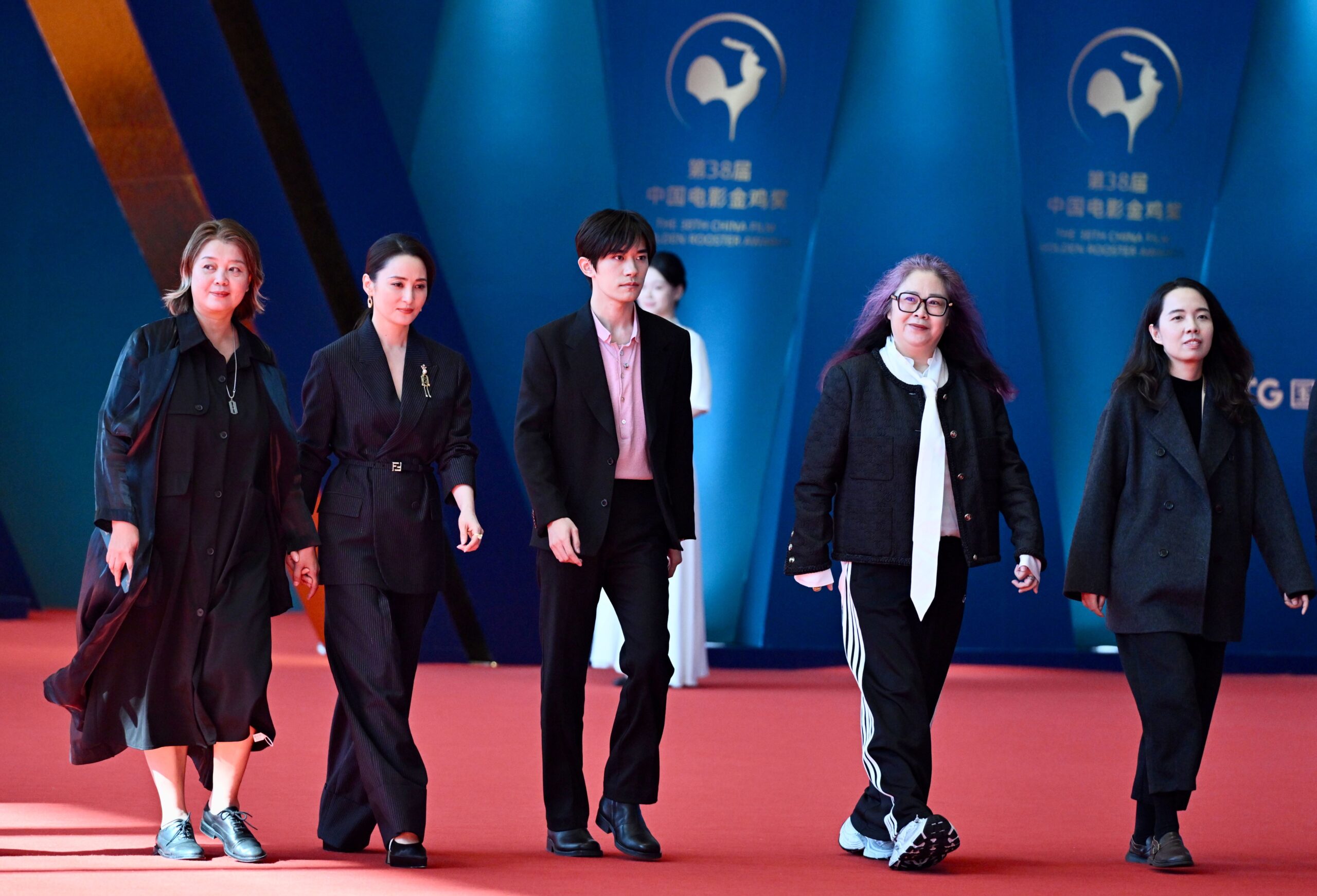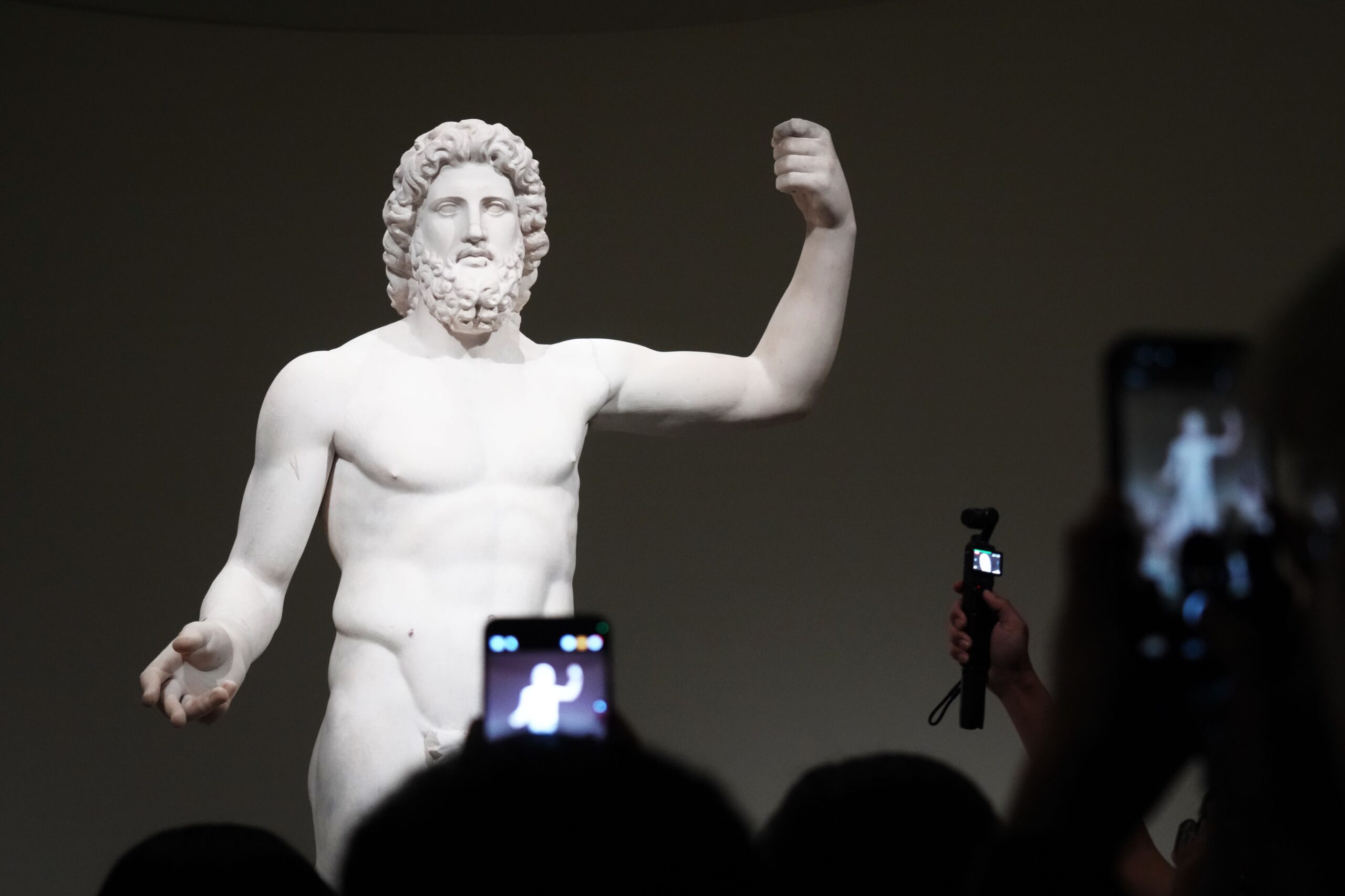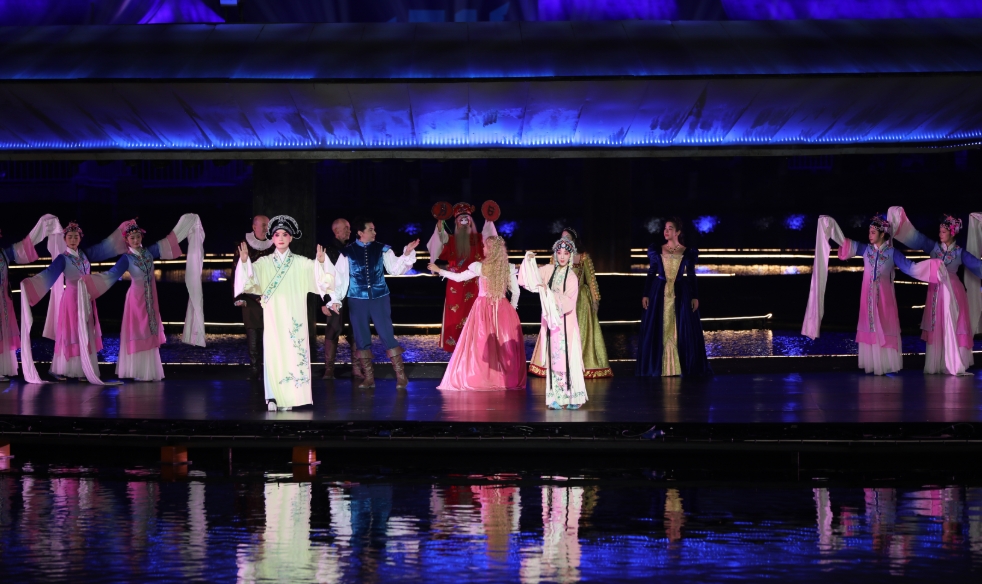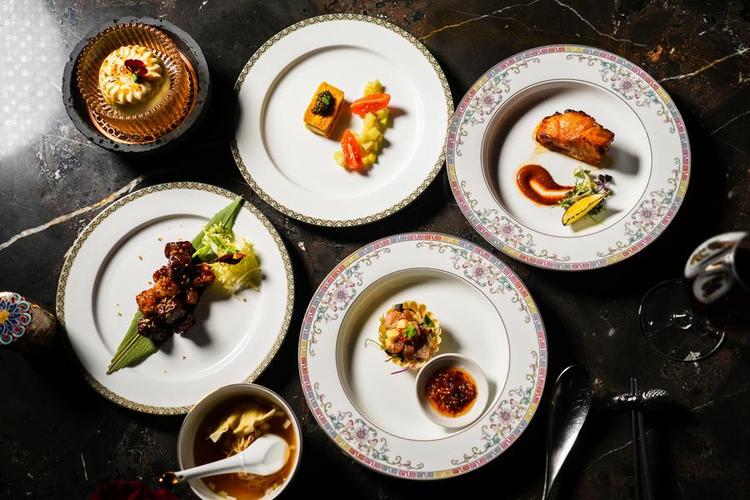An extraordinary exhibition traces 3,000 years of gold artistry and cultural exchange across China.
Gold has always captivated people — with its glow, its mystery, its timeless charm.
Now in Beijing, Radiance: Ancient Gold Ornaments from the Mengdiexuan Collection of the Hong Kong Palace Museum invites visitors to explore how gold has shaped Chinese art and culture for more than three millennia.
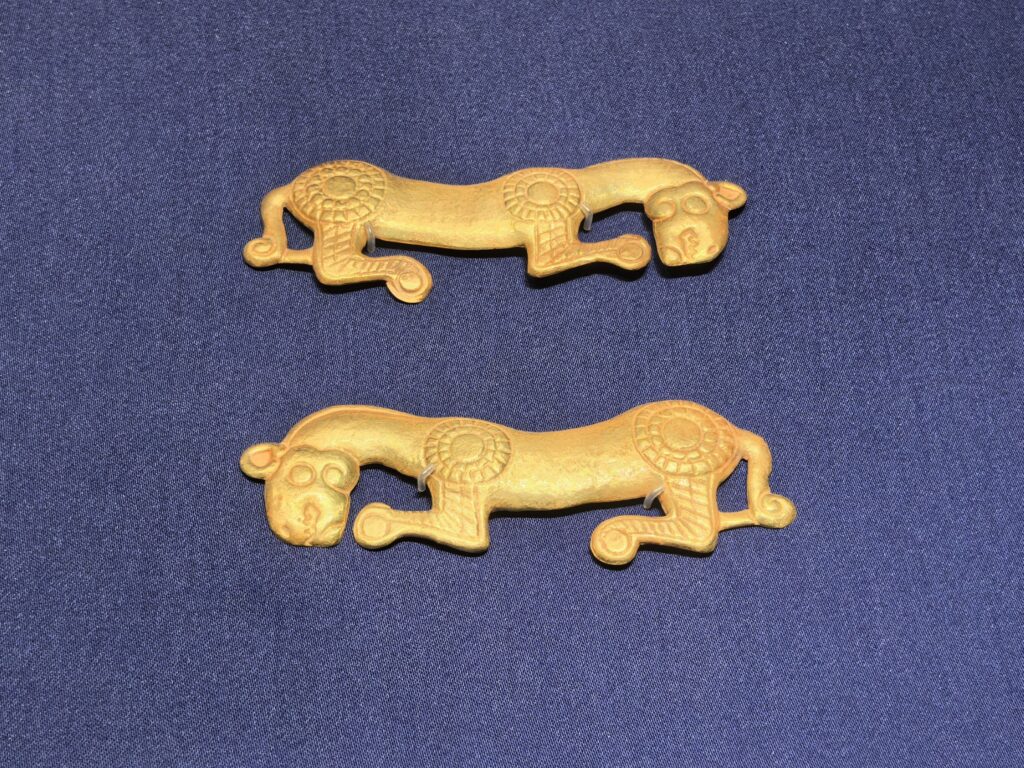


A Journey Through Time and Craft
Co-organised by the Capital Museum of China and the Hong Kong Palace Museum, the exhibition presents more than 170 pieces of ancient goldwork, many of which are shown to the Beijing public for the first time. Spanning from the 15th century BCE to the Ming dynasty, these masterpieces reveal how gold reflected beauty, power, and cultural exchange throughout Chinese history.
The exhibition unfolds in three sections: Rise: The Grasslands and Early China; Encounters: Tang China and Tubo; and Fusion: Liao, Song, and Ming Dynasties. Together, they illustrate how gold craftsmanship evolved from the adornments of early nomads to the refined artistry of imperial China.
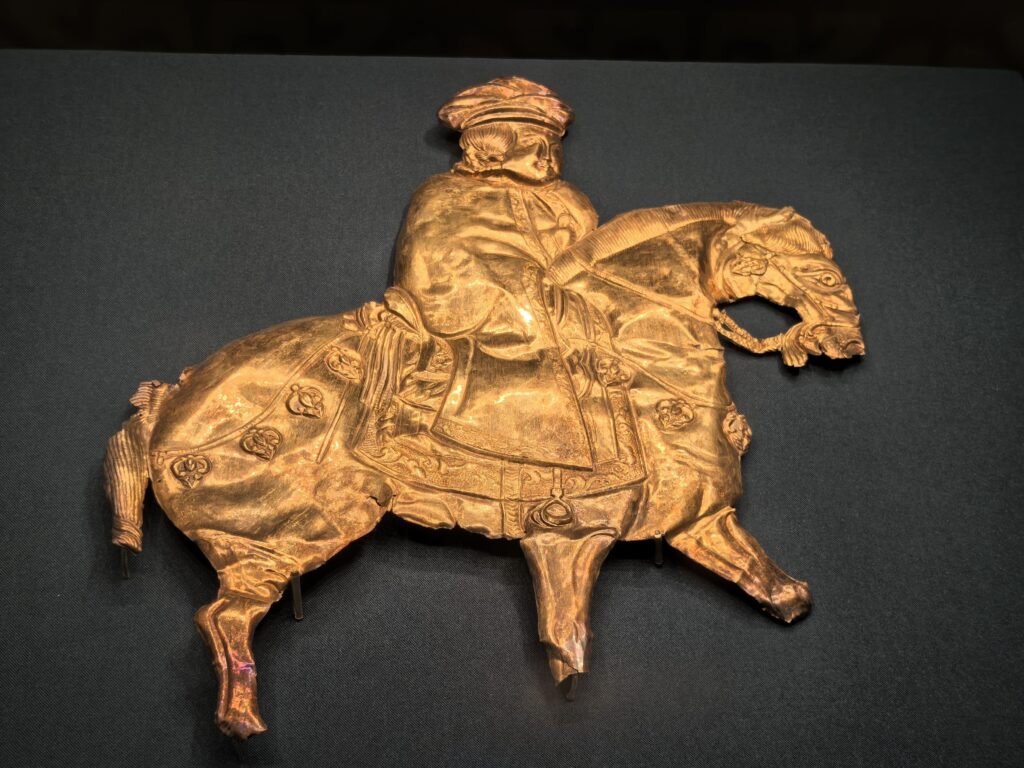
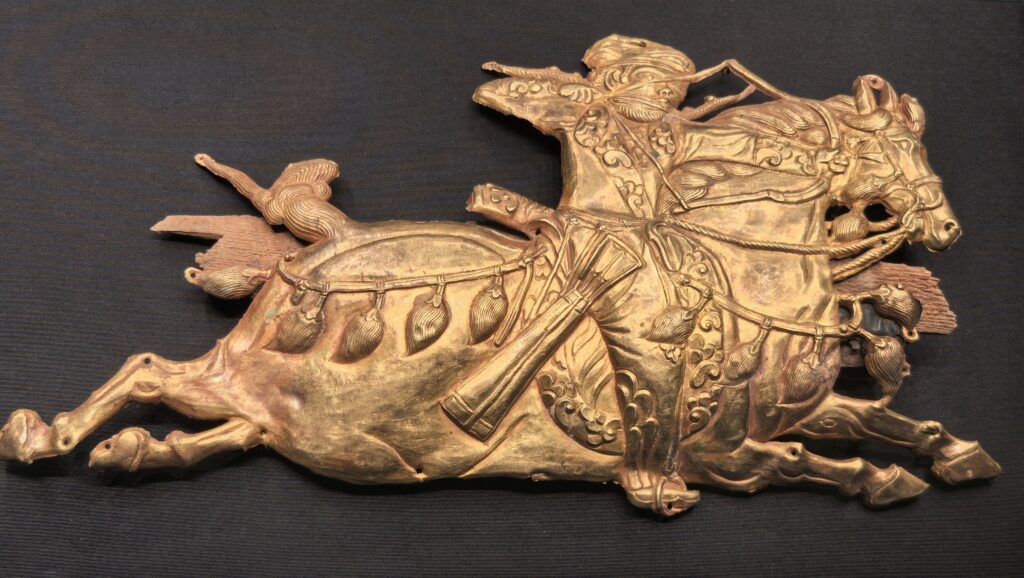
From the Steppes to the Silk Road
Early pieces, such as trumpet-shaped ornaments from the 15th–13th centuries BCE, trace the spread of metalworking from western Eurasia into ancient China.
By the Warring States and Han dynasties, artisans were creating animal-shaped plaques — tigers, horses, and birds — inspired by the energetic “animal-style” art of the northern steppes.
The Tang dynasty marked a high point of cultural exchange. Through the Silk Road, Chinese goldsmiths absorbed ideas from Persia, India, and Central Asia, giving their work a cosmopolitan sparkle.
By the Liao and Song periods, gold ornaments such as belt buckles and headdresses reflected both the elegance of the Central Plains and the vitality of steppe traditions.

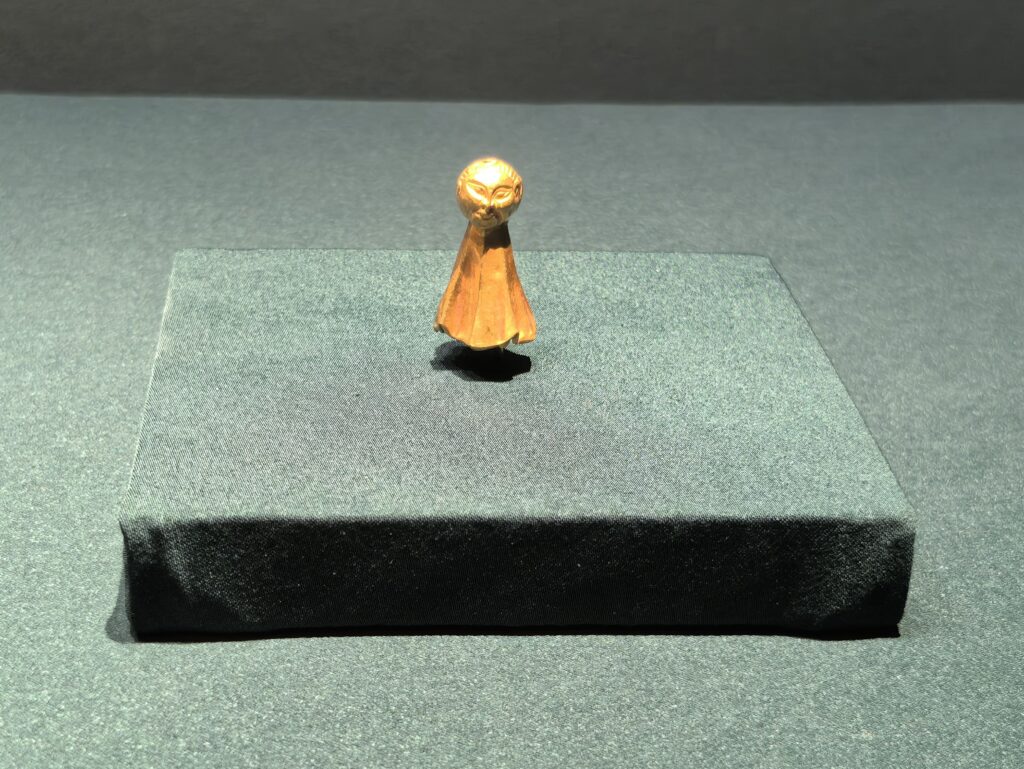
The Art of Gold
The exhibition also traces the development of goldsmithing techniques — from hammering and casting to gilding, granulation, and gemstone inlay. Each object embodies both artistic mastery and the imagination of the ancient craftsmen who shaped it.
Standing before these luminous artefacts, visitors can sense how gold once linked people and ideas across vast lands — a shared fascination that still shines today.
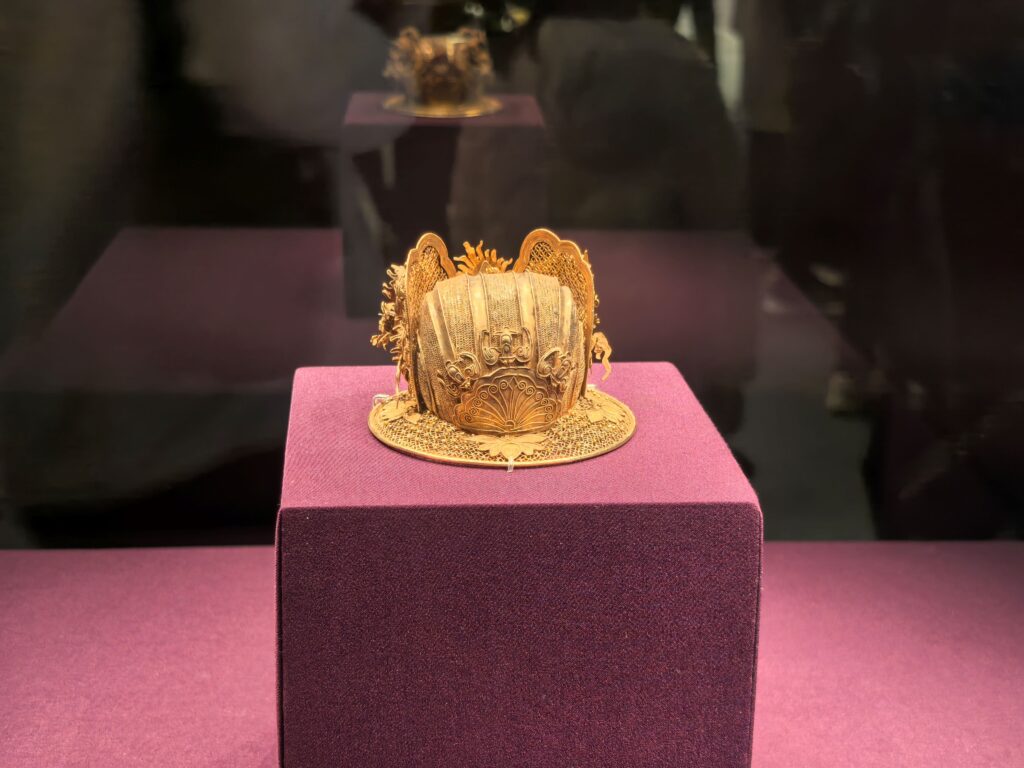
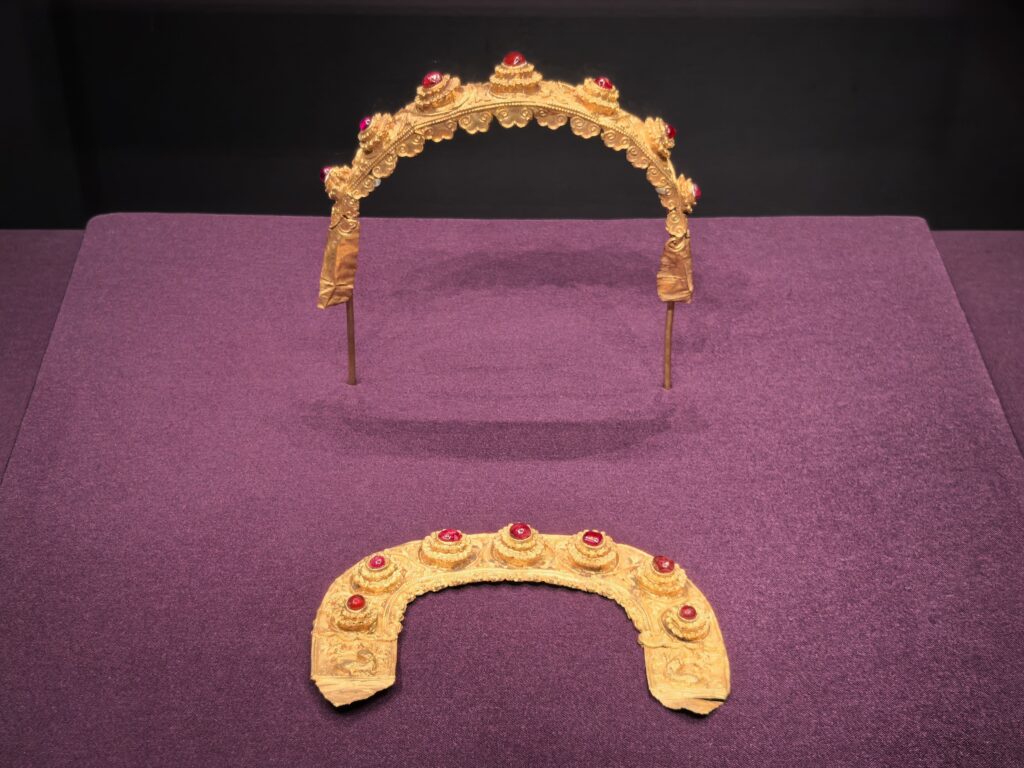

A Shared Golden Legacy
For the Hong Kong Palace Museum, these treasures represent more than art — they tell the story of civilisations in dialogue. As Museum Director Dr Louis Ng noted, the collaboration between Beijing and Hong Kong museums not only showcases China’s cultural heritage but also deepens global engagement in museum culture.
Like ancient Egypt and Greece, early China used gold not merely as a symbol of wealth, but as an expression of belief, imagination, and artistry. Walking through the galleries of the Capital Museum, visitors encounter stories of exchange, migration, and innovation — told through gold that has endured for thousands of years.
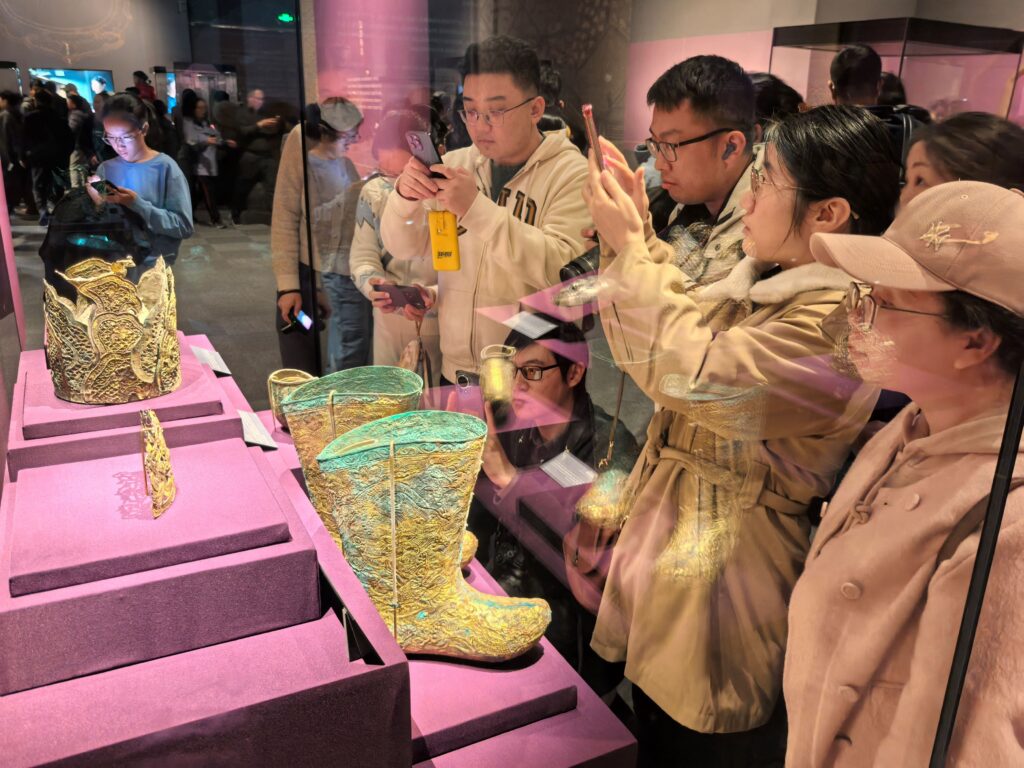
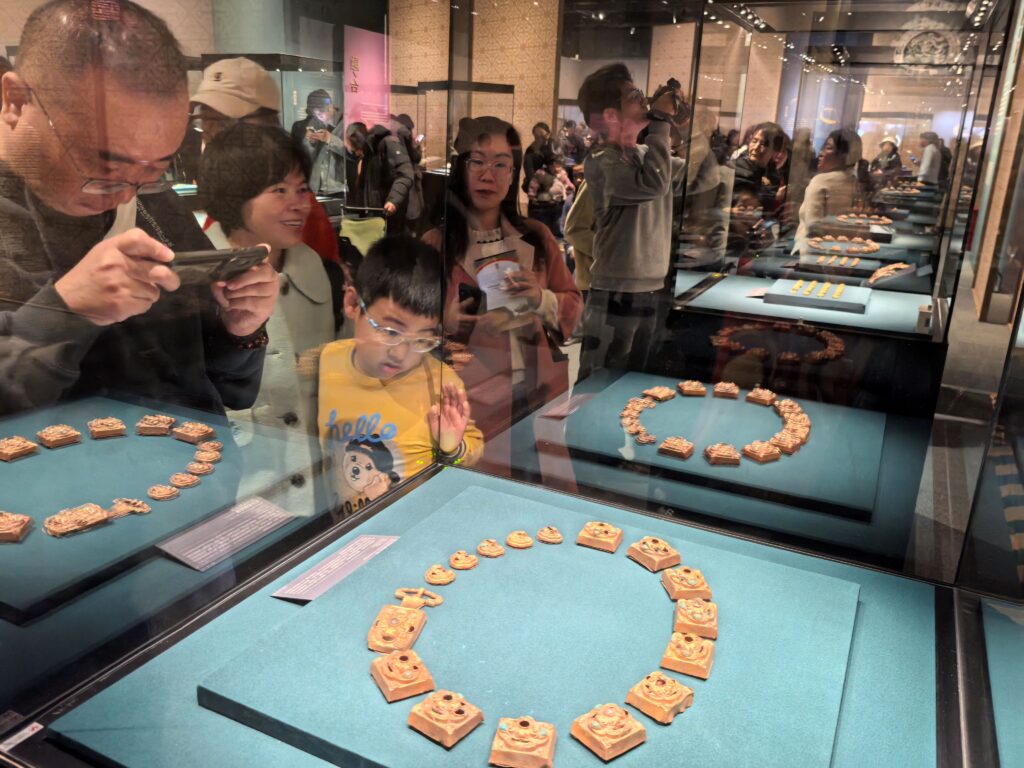
Written and photographed by Chen Wang.
If you liked this article, why not read: The Palace Museum at 100: A Century of Heritage and Innovation

